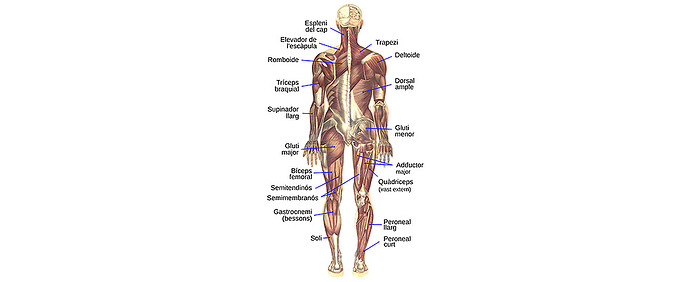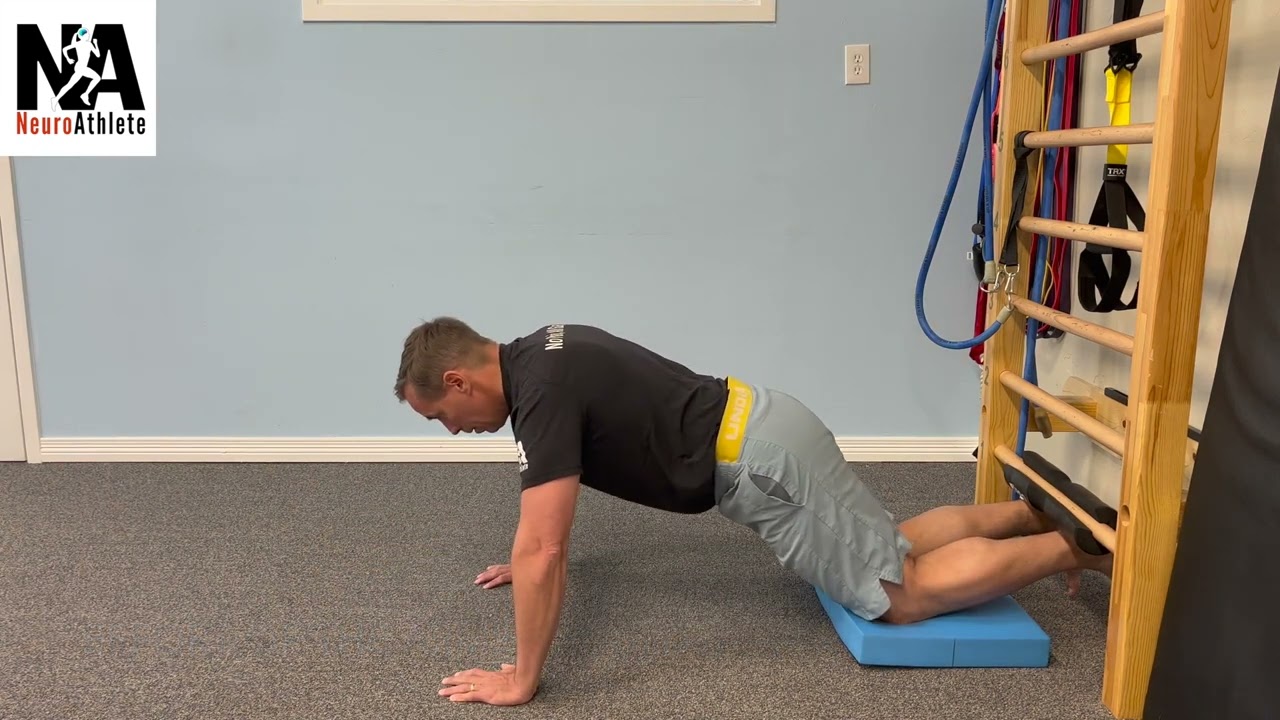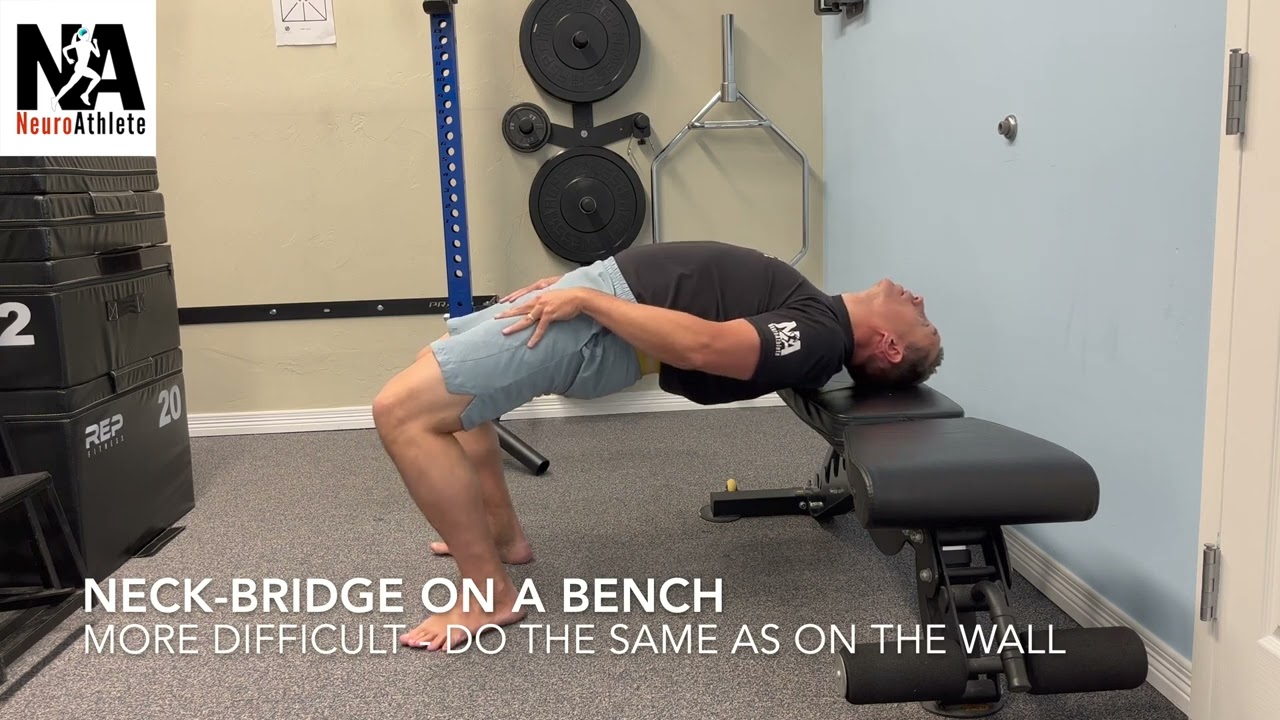The Two Exercises You Need
Train your posterior chain with these two neglected exercises to improve performance and alleviate annoying back pain.
You might have a strong back or resilient and coordinated back muscles, but probably not both. Strengthening posterior chain coordination is neglected in most training programs.
Too bad, because the posterior chain is the powerline of your body – a fundamental element of your athleticism that spans from your heels to your head. The components are usually trained in isolation, but an integrated approach delivers significant performance gains.
Even better, a strong and well-coordinated posterior chain is your ticket to a pain-free back. The two game-changing exercises? Nordic curls and neck bridging.
The Mighty Posterior Chain
First, a quick review. The posterior chain is the series of muscles on the back of your body. It comprises your lower back, glutes, hamstrings, and calves, and goes all the way up to your traps and neck muscles.
Anatomy1000×409 51.7 KB
Think of the posterior chain as your body’s powerhouse. Every explosive action, every heavy lift, every jump, and every sprint heavily relies on this interconnected system of muscles. They’re your primary movers and stabilizers that maintain your body’s balance and alignment. Neglecting these muscles often manifests as back pain.
Understanding the muscles involved is crucial:
- Calves: Initiate movement and stabilize your body.
- Hamstrings: Responsible for knee flexion and hip extension.
- Glutes: Work for hip extension, rotation, and stabilization.
- Lower Back and Back: Extend and stabilize the spine.
- Traps: Move and stabilize the shoulder blades and support neck and head movements.
- Neck Muscles: Support your head, allow rotation and flexion, and helps maintain posture.

Nordic Curl
1. Nordic Curl
This hamstring-strengthening exercise is touted for its injury-prevention benefits, especially for those involved in sprinting or high-speed movements. The Nordic curl 22 places your hamstrings under significant tension, promoting strength and resilience.With the Nordic curl, you’re improving hamstring strength and working towards better overall posterior chain balance and coordination, substantially alleviating back pain.
Even if your deadlift is good, you’ll instantly know you need this exercise in just the first few reps. Don’t be surprised if you get a cramp or spasm in the hamstring. That indicates you need this drill!

Neck Bridge
2. Neck Bridge
You see this exercise in the wrestling world but not so much in the average gym. Neck bridging helps develop the posterior muscles of the neck and the trapezius. It also engages the muscles down your spine and glutes when performed correctly.Neck bridging, although intense, significantly strengthens your neck, upper back, and spinal muscles. Do this exercise with caution. Start slowly and gradually increase the intensity as your strength improves.
Power Up Your Posterior Chain
Integrating Nordic curls and neck bridging into your routine gives your posterior chain the challenge it needs. These exercises go beyond regular squats, deadlifts, or rows, focusing on commonly neglected (but integral) parts to a strong, balanced posterior chain.A resilient posterior chain not only translates to less back pain and a buffer against potential injuries, but it’s also your secret ingredient to superior athletic performance. Whether lifting more, sprinting faster, jumping higher, or staying agile, it all starts at the back. A bit of discomfort at first is a small price to pay for the enormous gains you’ll make in your overall strength, resilience, and performance.



